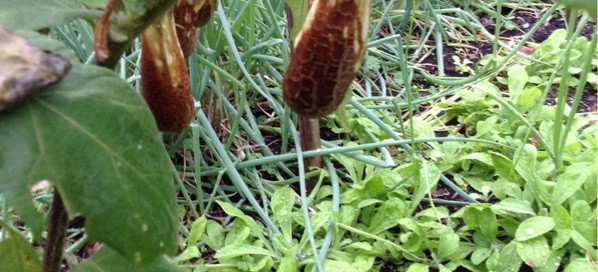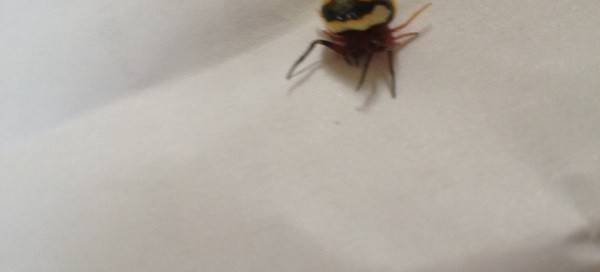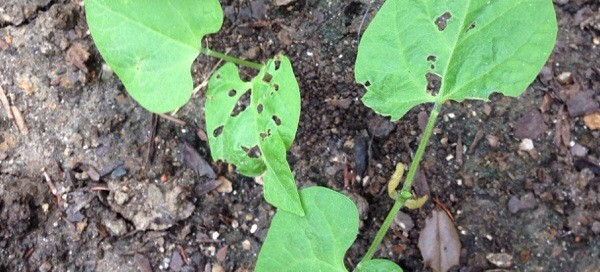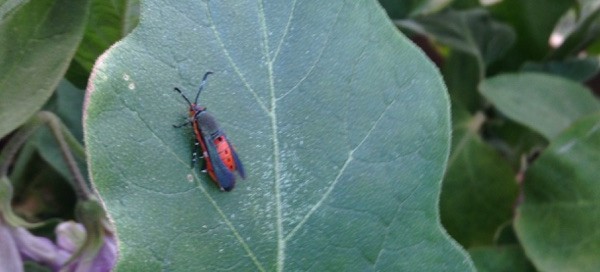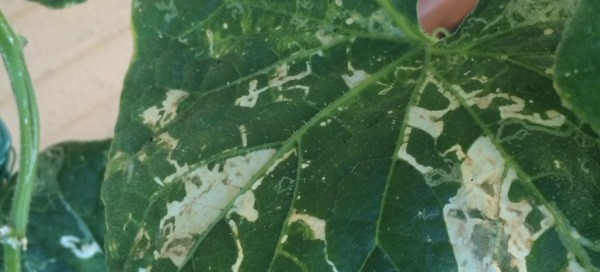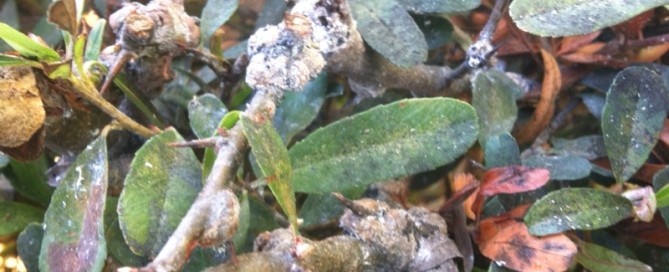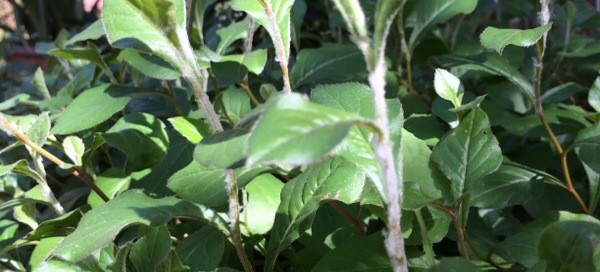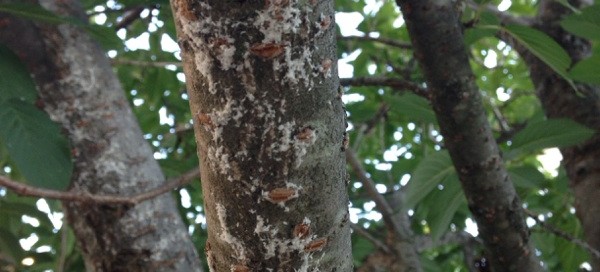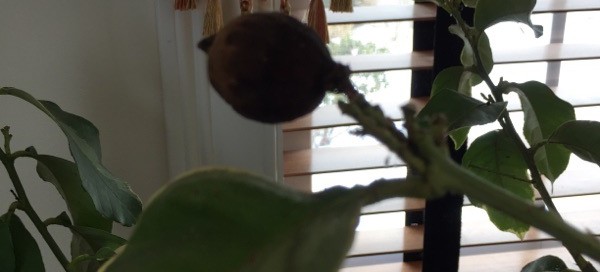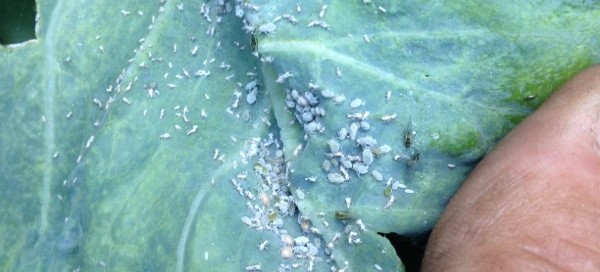Eggplant Problem
First of all, congrats on growing those cute eggplants - but they are mini and should be picked at about 4 inches long for best flavor. We think what happened is a physiological stress problem seen in the Carolinas a couple of years ago when hot weather followed a good growing season and lots of rain fell at the same time. If you let it go completely, the brown areas get almost corky in texture. Since the growing season is young, suggest you pick off the affected fruits and spray the plants weekly with an organic product made for edibles that contains Neem. It will clean up insects and fungi that are there because the plants have been in stress. Resume fertilizing and watering when needed so new flowers and fruits can form.
